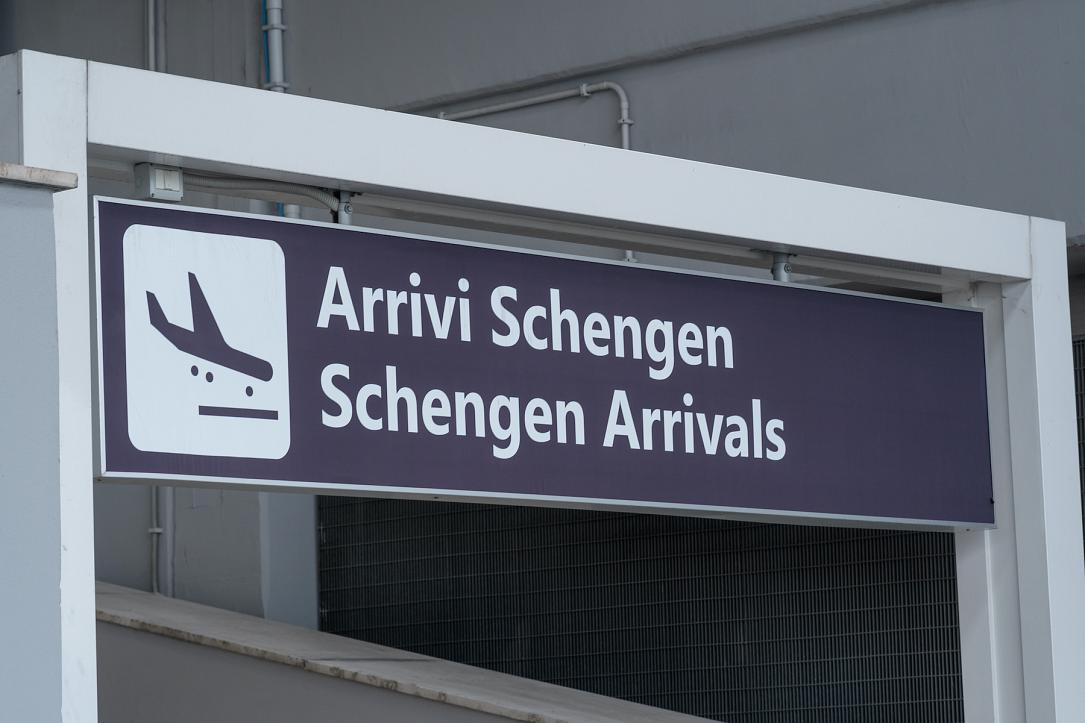Romania still ways away from Schengen despite prolonged wait



Romanians may still have to wait for the day when they will be able to travel to other EU countries without showing their ID at the border as Romania's Schengen bid still faces resistance, despite formal endorsements from the European Commission and European Parliament.
Since it joined the EU in 2007, Romania has eagerly asked to be accepted into the EU’s border-free Schengen area. Despite fulfilling membership criteria, Romania has been kept out by countries concerned over its corruption and ability to protect EU borders.
The European Commission recently reiterated its recommendation that Croatia, Bulgaria, and Romania be admitted to the Schengen area. According to the Commission’s Schengen State Report, the first of its kind, the three countries fulfill all the criteria required to become Schengen members. A series of talks between members of the European Parliament and home affairs ministers will follow in June, after which a new list of priorities for the next year will be put together.
Schengen is a border-free area that ensures the free movement of over 400 million EU citizens and non-EU nationals within the Union without border checks. In 1985, the Benelux Economic Union, the French Republic, and the Federal Republic of Germany signed an agreement on the gradual abolition of border checks in the small Luxembourgish town of Schengen. A subsequent Convention was signed in 1990, followed by implementation starting in 1995.
Overall, Schengen also includes cross-border police and judicial cooperation and a certain degree of legislative harmonization on entry and visa conditions. The area ended mile-long queues between France and Germany. People and goods could travel between Schengen countries without showing any ID.
Throughout the years, more and more countries were added to the Schengen area. Most EU countries (along with non-EU states like Iceland, Norway, Switzerland, and Liechtenstein) are now part of Schengen, except Bulgaria, Croatia, Cyprus, Ireland, and Romania.
The Commission’s recommendation is just the latest episode in a long-running story. Romania, together with Bulgaria, started preparations for Schengen membership simultaneously with its application to join the EU, in 2000. A year later, Romania formulated its Schengen Action Plan. Between 2002 and 2004, the Romanian government and EU officials negotiated the country’s path to the EU and Schengen. The former took place in 2007.
At the same time, Romania’s Schengen Action Plan was monitored and updated so that, by the same year, the country fulfilled the area’s minimum criteria for membership at the moment it joined the EU. However, Romania’s plan to join Schengen was put on hold, as European partners showed certain concerns regarding the country’s porous borders.
In 2011, a report entitled “Romania in Schengen,” put together by the Romanian ministries of Interior and Foreign Affairs, underlined that Romania met the requirements to be admitted into Schengen and should be allowed in. The same year, the European Parliament voted (487 in favor, 77 against, and 22 abstaining) that Romania and Bulgaria be included in the area.
However, the European Council, the deciding body on the matter, reached another conclusion. Germany, France, and the Netherlands saw Romania and Bulgaria as unfit yet to become the Union’s external borders, citing the concerns over border security and high-level corruption.
To be members of the Schengen area, applicant countries must apply certain rules regarding land, sea, and air borders. This encompasses the physical protection of borders through police cooperation, but also the issuing of visas and the protection of personal data. Countries wishing to be included in Schengen must:
Fast-forward to 2017, when European Commission president Jean Claude Juncker asked for Romania and Bulgaria to be included in Schengen and the Eurozone. His plea, however, was immediately met with Germany’s refusal. Austria and the Netherlands also declared their opposition to Romania’s inclusion in the Schengen area, Dutch PM Mark Rutte calling Juncker’s vision of the EU too “romantic.” Rutte argued that there are too many questions regarding corruption and border vulnerability in Romania and put the matter to rest by simply saying “not now.”
As of last year, the Schengen area is in the midst of a debate concerning its reform. The border checks were reintroduced temporarily, as per the Borders Code, during the COVID-19 pandemic. The same can happen with the occasion of terrorist threats. Since then, borders have reopened but several EU member states argued for increasing the flexibility of the introduction of border checks, building on lessons learned during the pandemic.
Leading the charge for Schengen’s reform is French president Emmanuel Macron. When pressed about France’s position regarding Romania’s membership in the area at the beginning of this year, Macron again stressed the need to protect the borders of the EU.
Romania’s Schengen plans seem frozen in place for the moment. PM Nicolae Ciucă avoided setting 2022 as the date for Romania’s accession to the Schengen area but ensured his continued efforts toward that goal. His predecessor, Florin Cițu, had previously said that he “hoped” to see Romania in Schengen by 2024.
Romania's admission into the Schengen area has also been linked to the lifting of the Cooperation and Verification Mechanism (MCV), a yearly report on the country's justice reform and progress in fighting corruption.
radu@romania-insider.com
(Photo source: Cineberg Ug | Dreamstime.com)